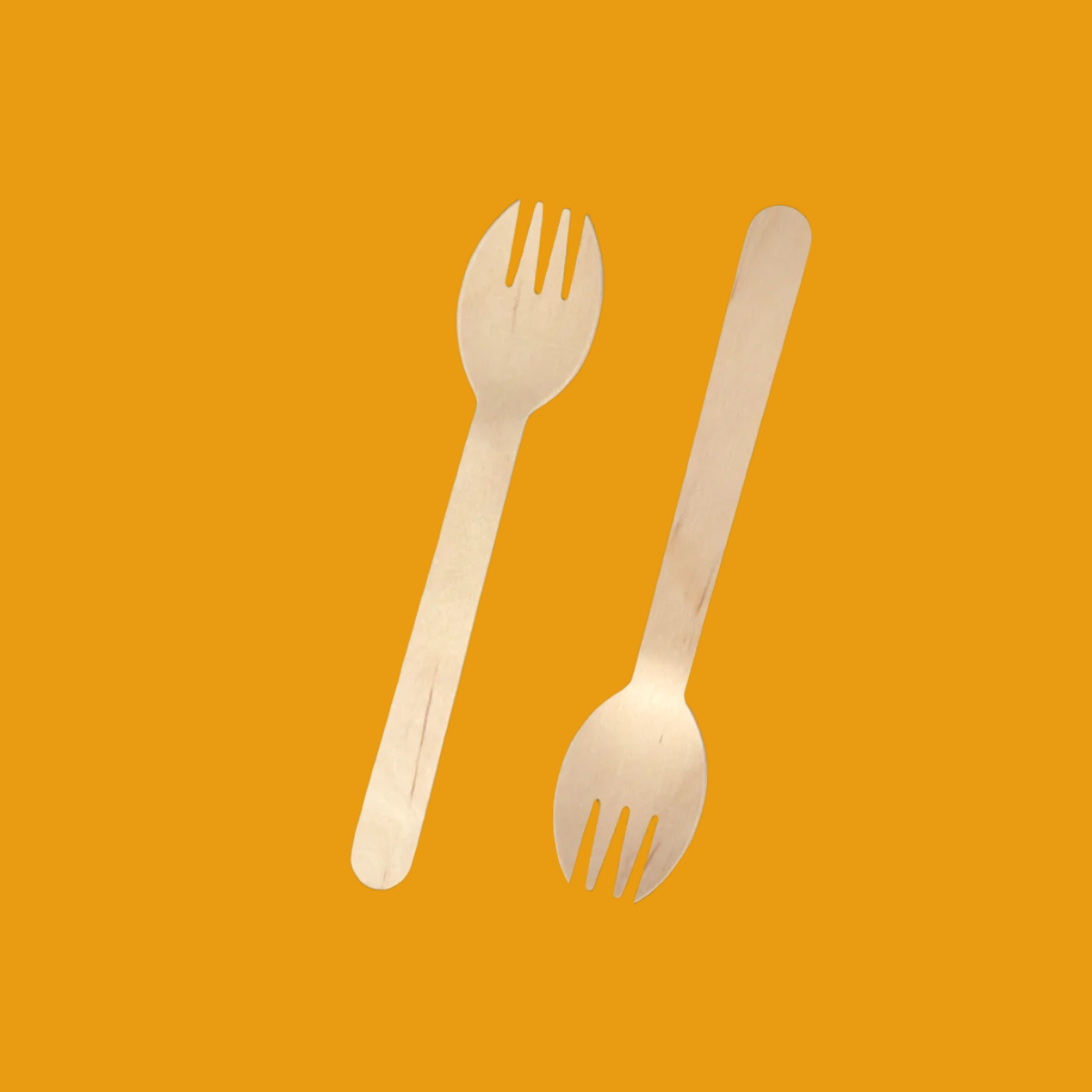Placemats are essential accessories that combine practicality with aesthetics. Whether you’re looking to protect your dining table, elevate your dining experience, or simply add a touch of style, placemats offer a versatile solution. In this article, we’ll explore everything you need to know about placemats, from their types and benefits to how to choose the perfect one for your home.
- Placemat Size Chart: What Is A Good Size For Placemats?
- Charger Plates vs Placemats: Which Should You Choose?
- How To Use Placemats To Create A Perfect Table Setting
What is Placemat?
Placemats are flat pieces of material placed on dining tables to serve as a protective barrier and decorative element. Originating as functional items to protect tables from heat, stains, and scratches, they have evolved into stylish pieces that enhance table settings for daily use and special occasions. Today, placemats play a vital role in creating inviting dining experiences, adding personality and charm to meals.

History of Placemats
Placemats have a long history that dates back to ancient times when people sought practical ways to protect their tables. Early versions of placemats were made from natural materials like leaves, straw, or simple woven fibers. As table settings became more elaborate during the Middle Ages and Renaissance, placemats evolved into decorative items, showcasing embroidery, lace, and intricate designs. By the 20th century, placemats became widely available in various materials, catering to both functional and aesthetic needs. Today, they are a staple in households around the world, reflecting diverse cultural styles and modern innovations.

Types of Placemats
By Material
- Fabric Placemats: These are made from materials such as cotton, linen, or polyester. Fabric placemats are soft, versatile, and ideal for both casual and formal dining settings. They come in an array of patterns, colors, and textures, allowing you to customize your table’s look. Many fabric placemats are machine washable, making them convenient for everyday use.
- Bamboo Placemats: Crafted from natural bamboo fibers, these placemats are eco-friendly and durable. Bamboo placemats bring a rustic, earthy vibe to your table and are ideal for environmentally conscious households.
- Vinyl or Plastic Placemats: Waterproof and easy to clean, vinyl placemats are perfect for families with children or for outdoor dining. Their durability makes them a practical choice for high-traffic households, and they often feature vibrant designs.
- Wooden Placemats: Stylish and sturdy, wooden placemats offer a unique, sophisticated look. They are well-suited for contemporary or rustic-themed settings, adding texture and depth to your table.
- Felt Placemats: These are made from wool or synthetic fibers. Felt placemats are heat-resistant, making them a great option for serving hot dishes. They also add a cozy and inviting touch to your dining setup.
- Leather Placemats: Luxurious and elegant, leather placemats elevate formal dining experiences. They are easy to clean and highly durable, making them a long-lasting investment for your table.
- Natural Fiber Placemats: Materials like jute, sisal, and water hyacinth create placemats with a boho-chic aesthetic. These placemats are lightweight, biodegradable, and add an organic feel to your dining space.

By Shape
- Rectangular Placemats: The most common shape, rectangular placemats are versatile and fit most table types. They provide ample space for plates and cutlery, making them practical for everyday use.

- Round Placemats: Perfect for circular tables, these placemats soften the look of angular furniture and create a balanced, symmetrical feel.

- Oval Placemats: These provide a stylish alternative to rectangular options and are well-suited for both oval and rectangular tables.
- Square Placemats: Modern and clean in design, square placemats are a favorite for minimalist or contemporary interiors. They can also be layered for a creative, dynamic look.

Why Do We Use Placemats?
- Table Protection: Placemats shield your table from heat, stains, and scratches caused by hot dishes, spills, and cutlery.
- Aesthetic Appeal: With countless designs, colors, and materials available, placemats enhance the overall visual appeal of your dining area.
- Noise Reduction: Materials like felt and fabric dampen the clinking sounds of plates and glasses, creating a quieter, more relaxing dining environment.
- Versatility: Placemats are an easy way to switch up your table decor to match seasons, holidays, or special events.
- Hygiene: Placemats create a defined, clean eating space and are simpler to clean than tablecloths, ensuring a more hygienic dining experience.
Conclusion
Placemats are a versatile and stylish addition to any dining table. With a vast array of materials, shapes, and designs available, there’s a placemat to suit every home and occasion. Whether you prioritize functionality, style, or sustainability, the right placemats can elevate your dining experience while protecting your table.
Related Articles:









